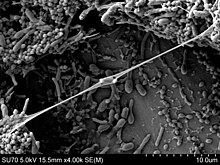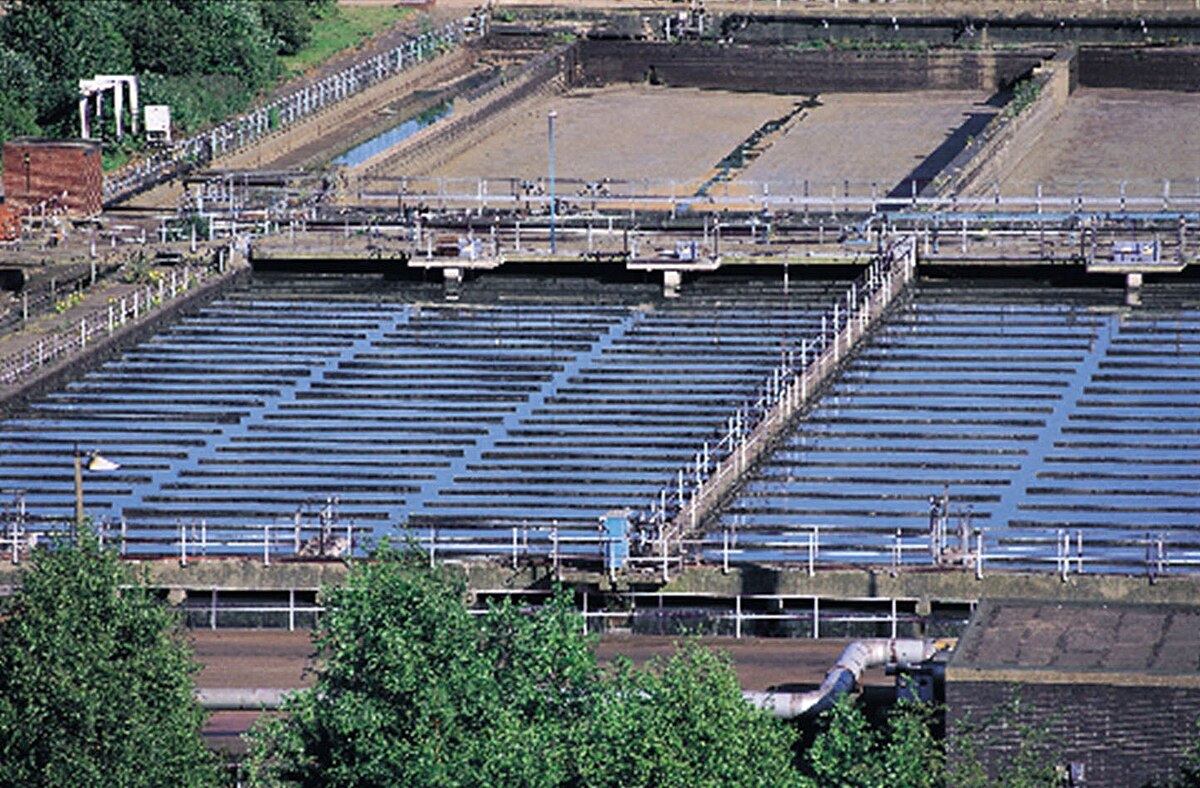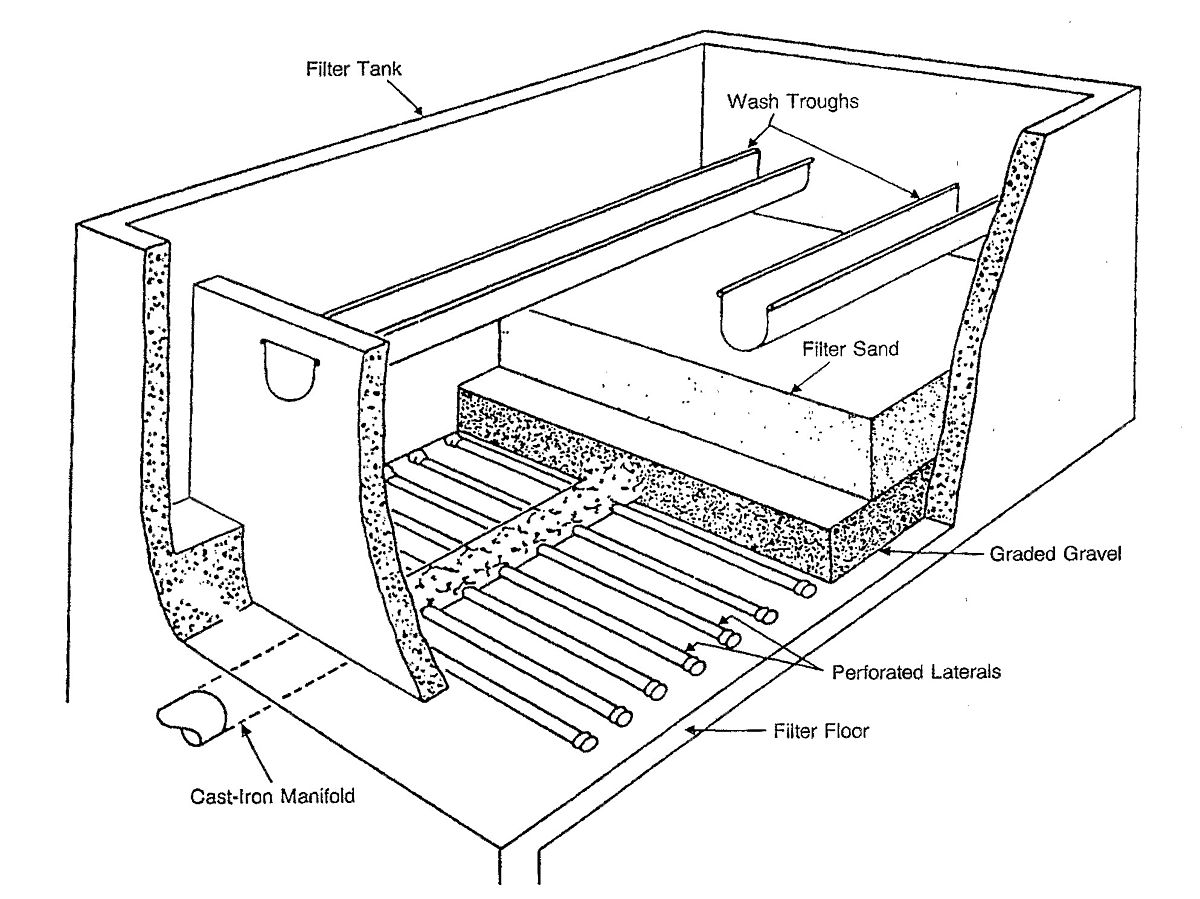I think youre missing the PPK system from the list: not only is it auto watering but also auto draining, making sure you can flood your pot several times a day.
Look into postings by delta9 / greyfader (same guy who lost his old account).
Its something youd have to diy though.
Look into postings by delta9 / greyfader (same guy who lost his old account).
Its something youd have to diy though.

















 ty
ty











